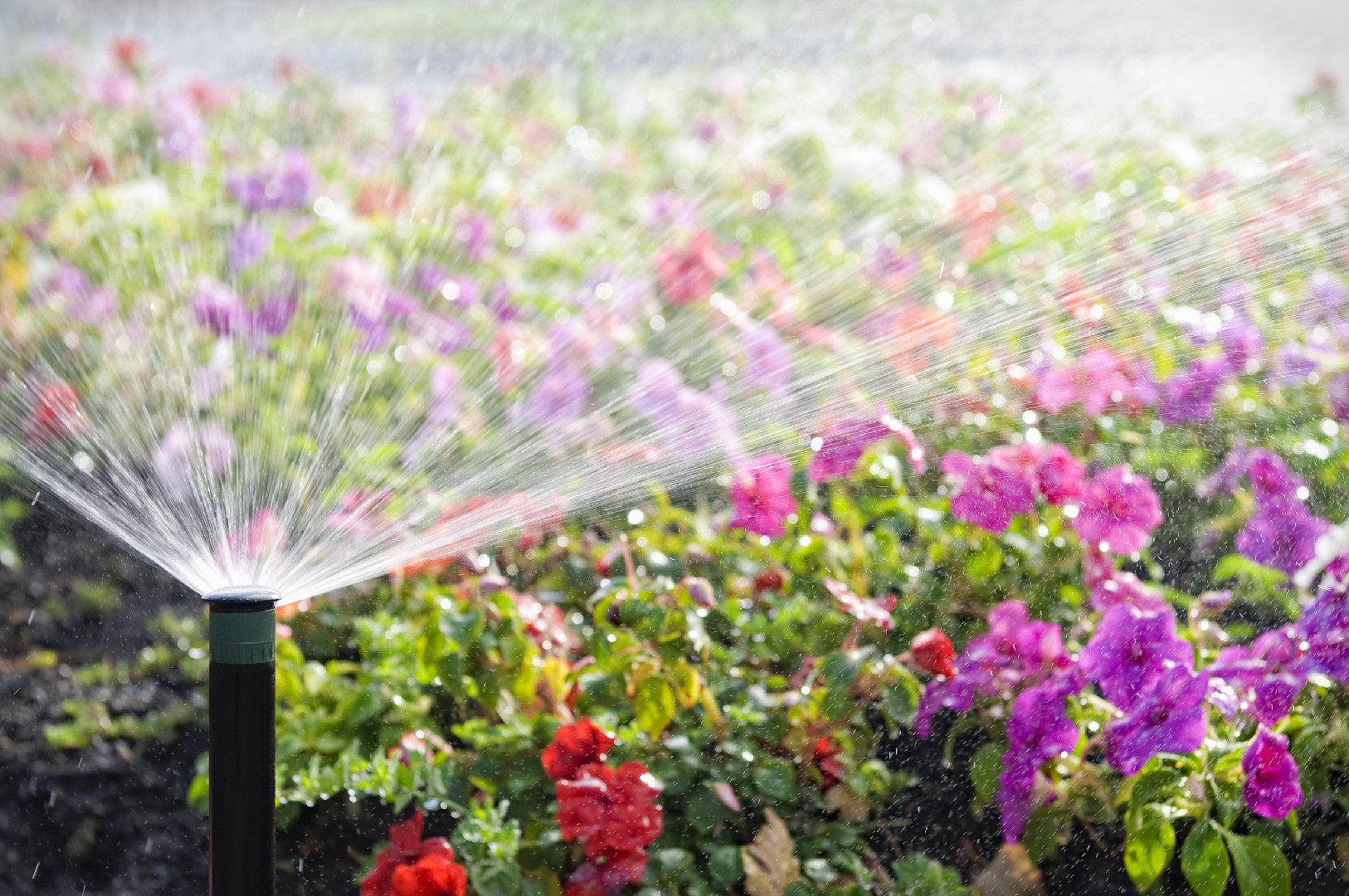![Rectangle]()
Harnessing Technology: Smart Sprinklers for Your Garden
In today's fast-paced world, technology has made its way into every aspect of our lives, including gardening. Smart sprinkler systems have revolutionized the way we water our gardens, offering a range of benefits that can make the lives of busy gardeners much easier. Let's explore some of these benefits and how you can harness technology to master garden sprinkler systems.
One of the primary benefits of smart sprinklers is their increased efficiency. Traditional sprinkler systems often lead to overwatering, which can be wasteful and harmful to your plants. Smart sprinklers, on the other hand, use sensors and real-time data to determine exactly how much water your garden needs. They can adjust watering schedules and durations based on factors like soil moisture, weather conditions, and plant type, ensuring that your garden gets just the right amount of water.
Reduced water usage is another significant advantage of smart sprinklers. By eliminating guesswork and optimizing watering schedules, these systems can help you conserve water and reduce your water bills. Studies have shown that smart sprinkler systems can save up to 50% more water compared to traditional systems. This not only benefits the environment but also your wallet.
But the convenience of smart sprinklers extends beyond efficient watering. These systems can be integrated with home automation platforms like Alexa or Google Home, allowing you to control your sprinklers with simple voice commands. Imagine being able to turn on or off your sprinklers, adjust watering settings, or check the moisture levels in your garden, all from the comfort of your couch.
When selecting a smart sprinkler system, it's essential to consider its compatibility with home automation platforms. Look for systems that offer seamless integration, as this will make it easier for you to manage your garden and automate tasks.
Another crucial feature of smart sprinklers is their weather adaptability. These systems can access real-time weather data and adjust watering schedules accordingly. If it's raining, your smart sprinklers will know not to water your garden, saving water and preventing overwatering. By using the power of technology, you can ensure that your garden gets precisely the right amount of water, regardless of weather fluctuations.
To fully harness the benefits of smart sprinkler systems, it's necessary to understand how they work. Familiarize yourself with the app or control panel that comes with your system. Learn how to adjust watering settings, monitor moisture levels, and view reports on water usage. By having a good grasp of the technology, you can optimize your system's performance and make informed decisions about your garden's watering needs.
In conclusion, smart sprinkler systems are a game-changer for busy gardeners. They offer increased efficiency, reduced water usage, and the convenience of remote operation. By integrating with home automation platforms and adapting to real-time weather conditions, these systems make it easier than ever to master garden sprinkler systems. Take advantage of technology and make your gardening experience more efficient and enjoyable.





